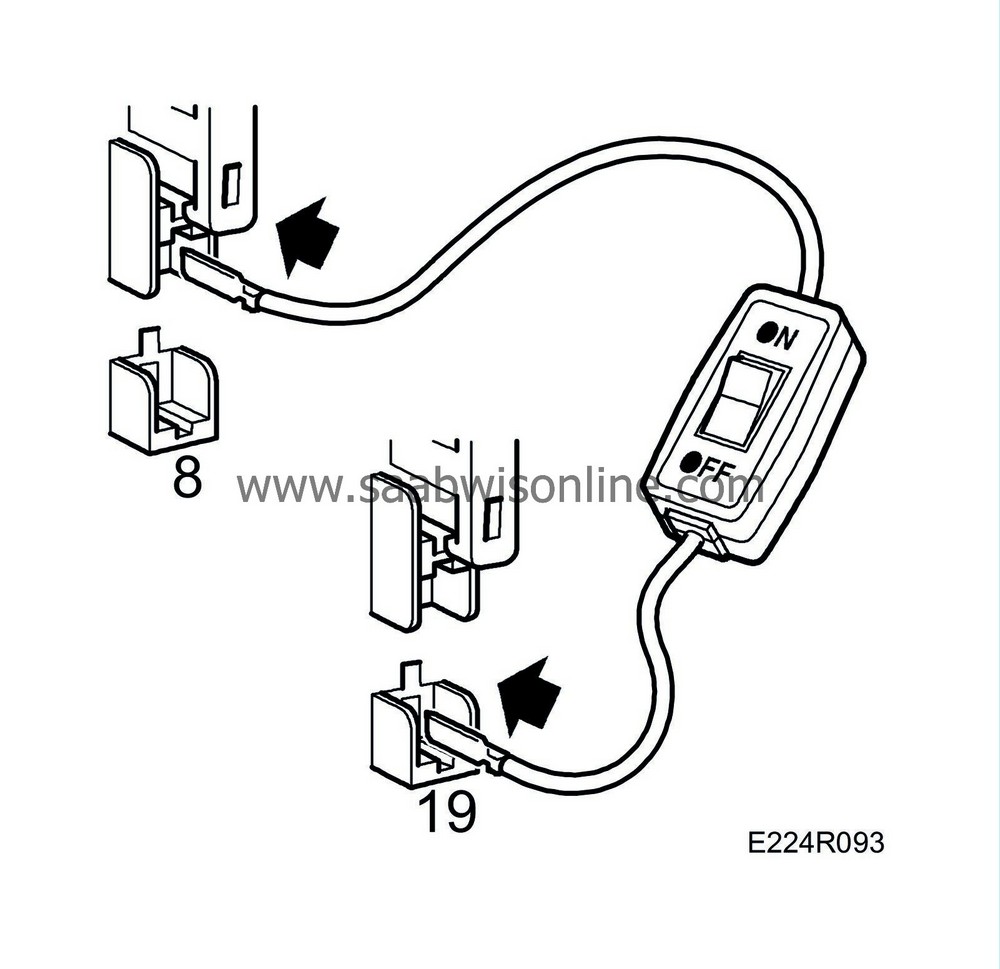Checking injector flow capacity
|
|
Checking injector flow capacity
|
 Warning
Warning
|
|
Removal of the fuel pressure regulator involves partial dismantling of the car's fuel system. The following points must therefore be observed in connection with this work:
|
|
•
|
Work only in a well-ventilated area! If approved equipment for the extraction of fuel vapours is available, be sure to use it.
|
|
•
|
Wear suitable gloves! Prolonged contact with fuel can cause skin irritation or dermatitis.
|
|
•
|
Keep a class BE fire extinguisher near at hand! Be mindful of the danger of sparks caused by short circuits and when connecting and disconnecting leads in electrical circuits.
|
|
•
|
No smoking anywhere in the vicinity.
|
|
•
|
Wear protective goggles.
|
|
|
|
|
|
|
Important
|
|
Scrupulous cleanliness is of the utmost importance when working on the fuel rail and injectors. Thoroughly clean the injectors, fuel rail and intake manifold and blow dry with compressed air.
|
|
|
|
1.
|
Remove the fuel rail as described in
 or
or
 .
.

|
|
2.
|
Fit a transparent hose on the nozzle. This hose should be about 40 cm long and have an inside diameter of 15 mm.
|
|
3.
|
Place the end of the hose in a receptacle measuring flask.
|
|
4.
|
Connect the injectors to their respective connectors.
|
|
5.
|
Start the fuel pump by connecting the multilead connector, part no. 83 93 886, between the fuel pump fuse no. 8
upper pin
and no. 19
lower pin
.

|
|
6.
|
Carry out the flow capacity check using the diagnostics tool. This tool will activate the injector by supplying electrical power to it for exactly 30 seconds.
|
|
7.
|
Check the amount of fuel in the receptacle according to the table below.
|
|
8.
|
Change any defective injectors.
|
|
9.
|
Fit the fuel rail as instructed in
 or, alternatively,
or, alternatively,
 .
.
Engine type
|
|
Flow capacity
|
|
Maximum permissible difference between injectors
|
B235E
|
ml/30s
|
176 ± 7
|
ml
|
14
|
B205E
|
ml/30s
|
127 ± 5
|
ml
|
10
|
B308E
|
ml/30s
|
109 ± 4
|
ml
|
8
|
|
 or
or
 .
.



 Warning
Warning

